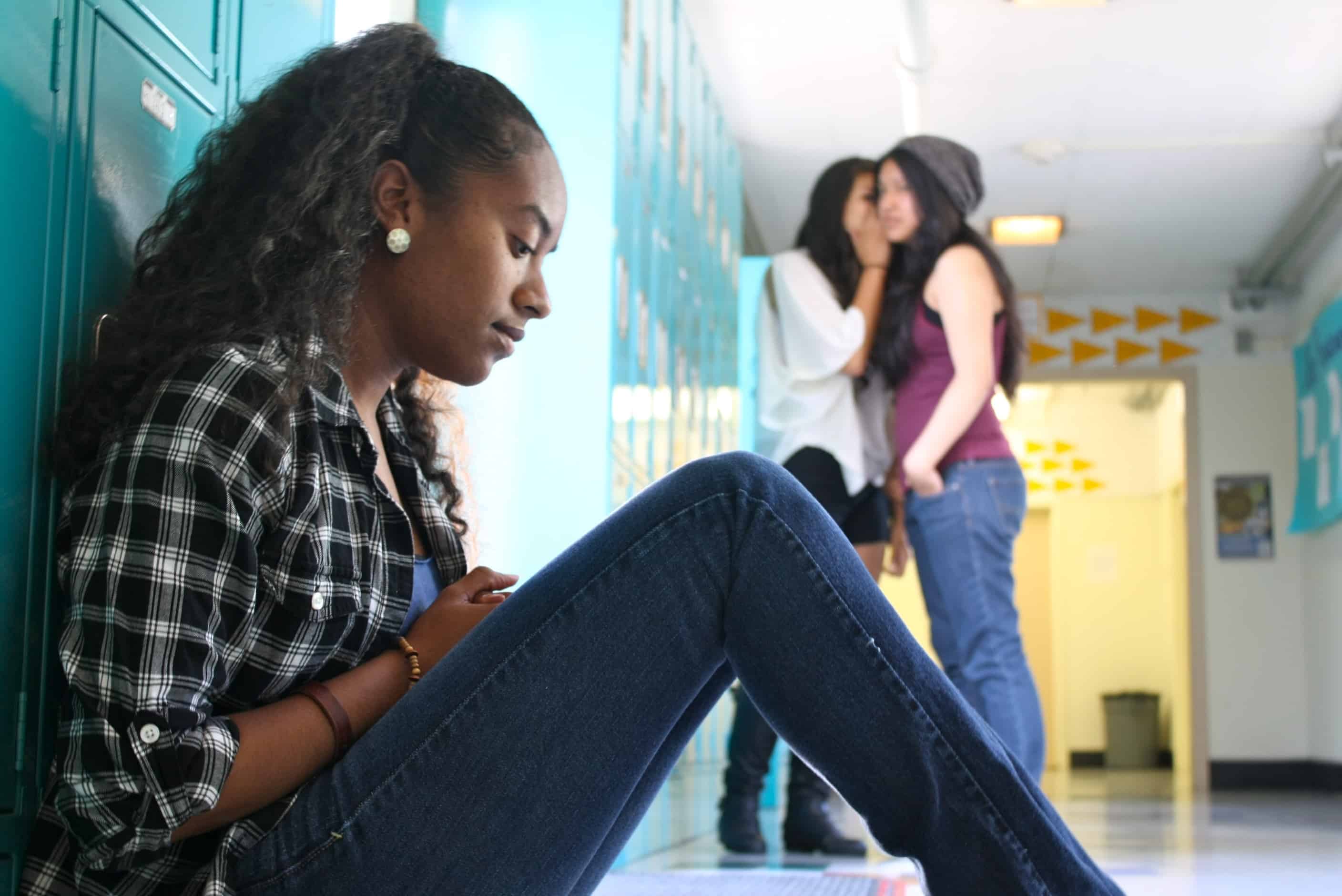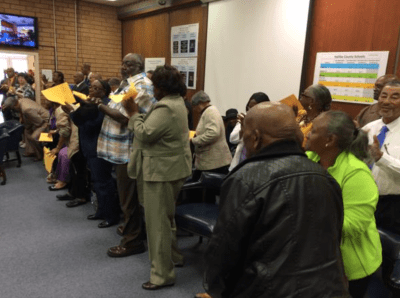Five years ago, I had the opportunity to work on violence prevention efforts with a group of educators, law enforcement, community and faith-based advocates in New Orleans. New Orleans, weeks prior to my visit, had received a top-ranking for the number of youth homicides in the nation … again. In fact, Louisiana has held a top ranking in this category every year since 1996. Concerned citizens held forums, town hall meetings, seminars, and other events to figure out a solution.
But, what has resonated with me to this day was a simple question by a patrolman’s son as we drove from school to school.
To this day, I remember the number of stories from fathers and mothers that lost a child to senseless violence. My heart went out to every single brother or sister who donned a t-shirt that paid respect to their lost sibling. I even sat and cried with a pastor who described having to bury both sons who had been murdered only months apart. I grappled with having the conversation on violence prevention, when it appeared that they were indeed in crisis response mode. But, what has resonated with me to this day was a simple question by a patrolman’s son as we drove from school to school — “Why do people bully others?”
This anonymous police officer had been so helpful all day as we visited schools and churches speaking and sharing effective strategies. Before our last stop, he had to pick up his son from a local middle school. As we muddled through the school traffic, I saw a towering young man lumber toward the car, head hung low, and looked pretty sad. He jumped in — I was introduced and he gave me a simple nod. Something was obviously wrong. His father lightly questioned him about his day and he obviously didn’t feel like answering. About ten minutes into the drive, the young man mumbled a question that I thought I knew the answer to — and apparently his father thought so as well.
“Why do people bully others?”
“Well son, its funny that you ask that — Mr. Perry here is from North Carolina and works with schools trying to find solutions to bullying and other forms of school violence.” He continued, “Maybe he can answer that for you.”
From school shootings to community violence, bullying has been intertwined and even the catalyst to perpetual youth violence.
“Sure,” I responded. I began to rattle off statistics on how bullying is the most underreported incident in schools and how youth are either scared or embarrassed to talk about it. I shared research that shows 60 percent of youth who engage in bullying activities had committed at least one crime by age 24. I told him about the different domains that can perpetuate bullying — from the aggressiveness and lack of problem-solving capabilities to family and community dysfunction that model ineffective ways of dealing with conflict. I even gave him a few examples of how the school can sometimes aggravate the problem by not focusing on early prevention and creating a school climate that fosters disrespect. I summed up the conversation by explaining that sometimes the bully rationalizes their action because “it works.”
I turned to see tears streaming down his face. His father tried to console him and was surprised by his reaction. “Why are you crying son?” The young man lifted his head, looked directly into my eyes and responded,
“What does all this have to do with me?” He continued, “I just want them to leave me alone.”
As we observe Bullying Prevention Month, we must ask ourselves this question: “Why does bullying exist?”
As parents, have we placed a premium on respecting classmates? We have to explain to our children that Kanye West was indeed disrespectful for interrupting Taylor Swift’s award-acceptance speech.
As educators, we have to create a school climate that not only educates, but has a zero-tolerance for name-calling, put-downs, and “disses.” Not the type of zero-tolerance that suspends a youth to unsupervised care, but the type of zero-tolerance that holds youth to a higher standard.
As a community, have we “checked” the behaviors of youth in our neighborhood? Are we scared to correct behaviors of the neighborhood kids that live across the street? Having the courage to tell our youth that they are wrong for fighting and showing them other ways to deal with conflict peaceably. Better yet, do we even know the kids that live across the street?
As I pondered this young man’s situation, I couldn’t help but think about Louisiana’s homicide rate ranking. Was there a correlation? Yes — from school shootings to community violence, bullying has been intertwined and even the catalyst to perpetual youth violence. So, as we use this month to reinvigorate the conversation about bullying prevention, please keep in mind the day-to-day struggle that some of our youth have to endure.
“Fat” …..“Stupid” …..“Gay” …..“Punk”….. and it isn’t even 2nd period.





